Different types of snow skis are used depending on the type of activity the skier is doing as well as the terrain and the snow conditions. The different types used in snow skiing include alpine, cross-country, alpine touring, overland and Telemark skis. They also include twin-tip, mogul, monoskis and jumping skis. The differences between each type of ski might include the length, width and shape of the ski as well as the design of the binding, which is how the skier's boot attaches to the ski
Alpine and Cross-Country
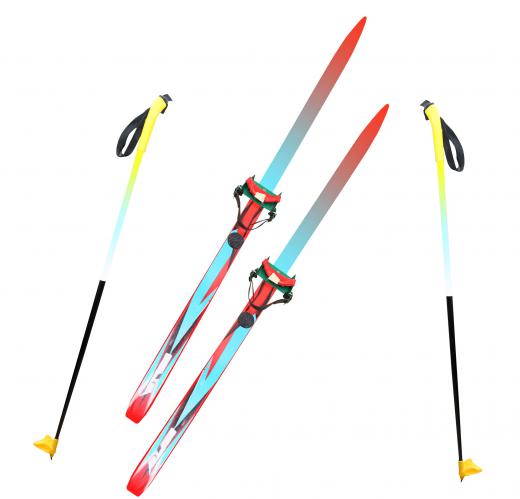
The main difference between cross-country skis and alpine skis, or downhill skis, as they are often called, is that a cross-country ski allows the heel of the boot to be free while the toe is attached to the ski with the binding. The entire boot is attached to an alpine ski. A cross-country skier must have his or her heel free in order to extend that leg forward in a walking or running type of motion, which is the main method of propulsion in cross-country skiing. For an alpine skier, having the boot attached at the heel and the toe gives him or her greater stability and control while skiing downhill.
Alpine Touring
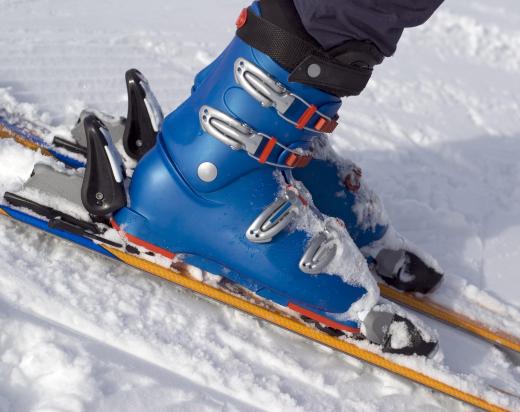
Alpine touring skis are shorter and wider than most other skis, which allows the skier to execute tighter turns on hard snow. These lightweight skis are designed for steep slopes and mountain snow conditions. Soft snow versions also are available. An alpine touring ski often includes a notch in its tail and a hole in its tip. A climbing skin — material attached to the bottom of ski to add more glide — can be attached to the notch, and the hole can be used to insert rope or other material to form a rescue sled out of two alpine touring skis.
Overland Touring or Backcountry
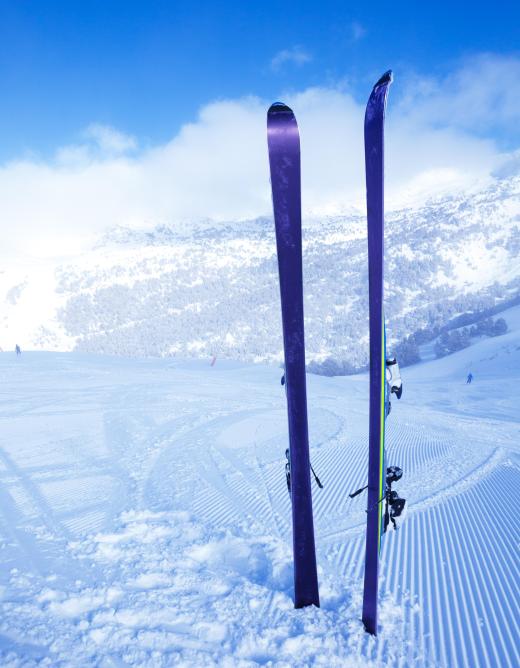
Overland touring skis are designed for use on rolling hills where the snow is deep and tracks might not already exist. Also called backcountry skis, these generally are wider than alpine, although narrow versions also are available. Wide overland touring skis are used for deep snow in backcountry regions that do not have set tracks. The wider ski help prevent it from sinking deeper into the snow. Narrow versions also can be used for deep snow and are better when there already are set ski tracks.
Telemark
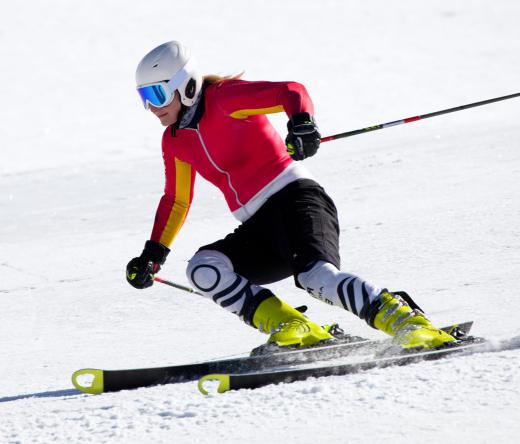
Telemark skis, which are named after the Telemark region in Norway, are relatively flexible touring or downhills skis that have bindings that attach only at the toe. They often have metal-edges and are available in racing styles. Varieties for different types of snow such as hard pack and powder are also available.
Twin-Tip and Mogul
Twin-tip skis are curved up at both ends to allow for easier spins and backward takeoffs. They are used in skiing on non-groomed snow in all types of terrain. Twin-tips also are used in freestyle skiing, which emphasizes jumps, spins and flips. Mogul skis are similar and are designed specifically for use on moguls, which essentially are large bumps. They are relatively flexible, although their tails must be stiff enough to allow skiers to use them to push off from the moguls.
Monoskis
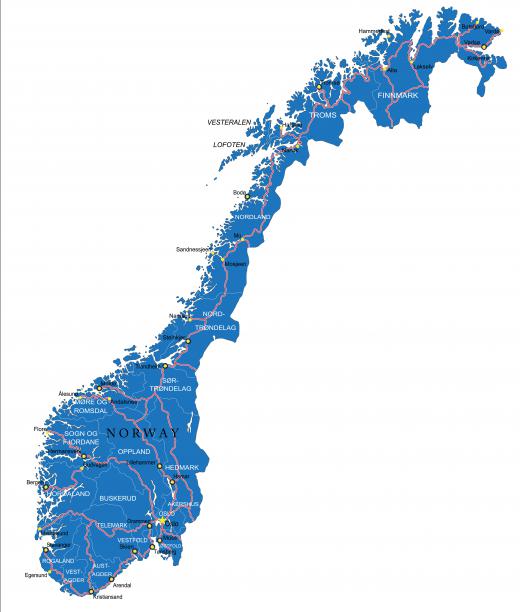
Monoskis are made up of one ski rather than a set of two. Unlike on a snowboard, the ski bindings on a monoski are placed parallel to the length of the ski, side by side, so that the skier's toes point forward. Another version of the monoski features a seat mounted a short distance above the board, which allows them to be used by paraplegics, amputees, people who have limited use of their legs or people who have other physical conditions that would prevent them from standing while skiing. This type of monoski is sometimes called a sit-ski.
